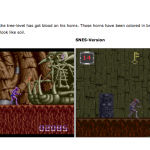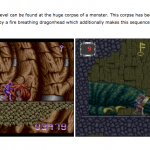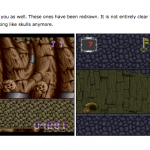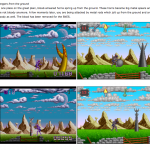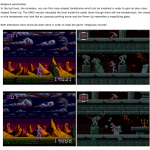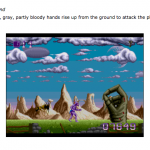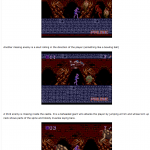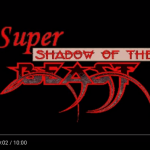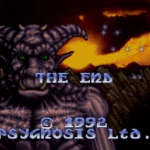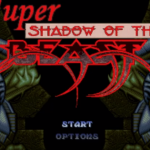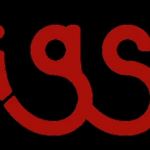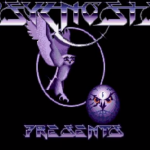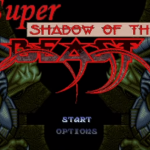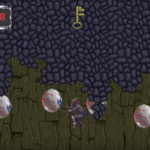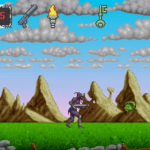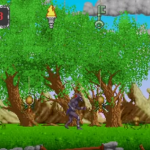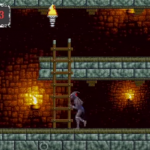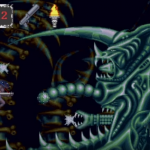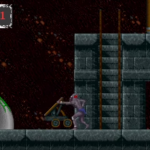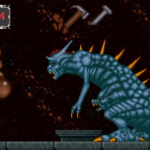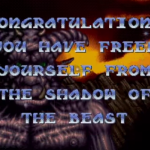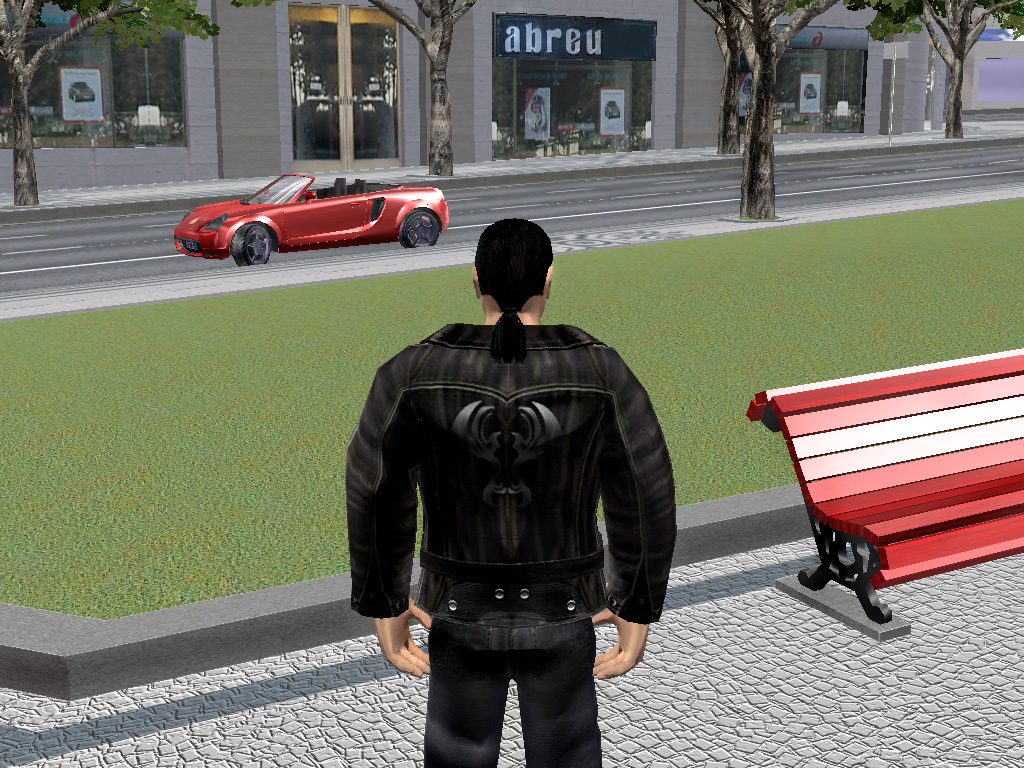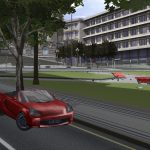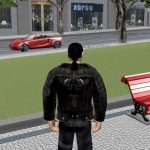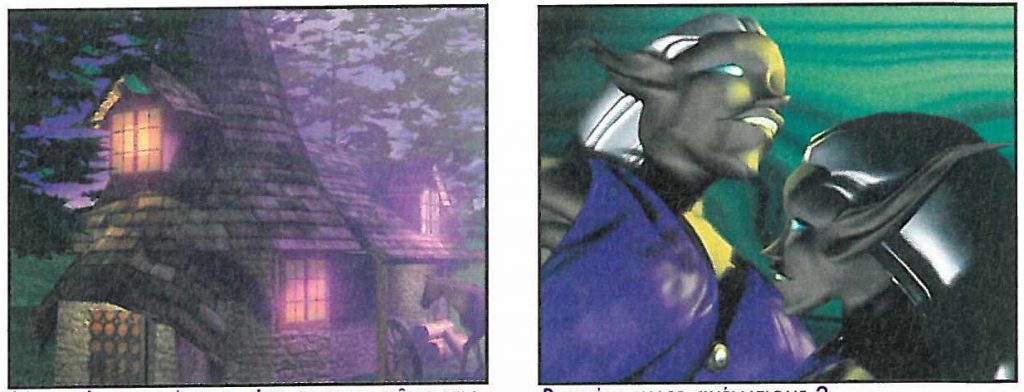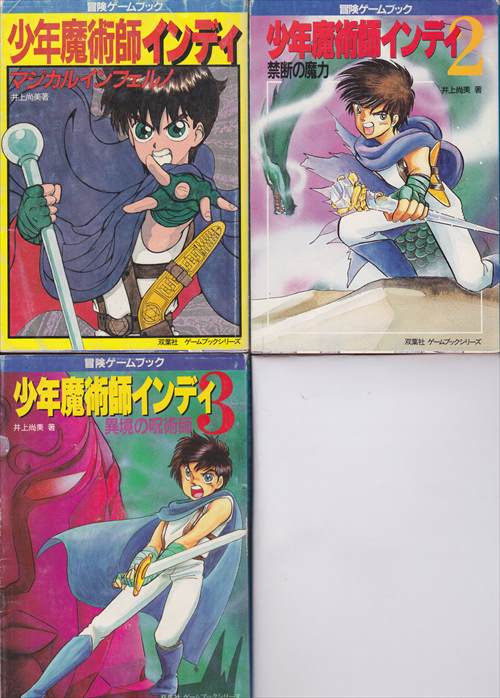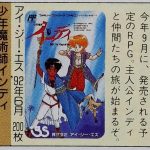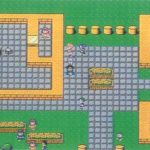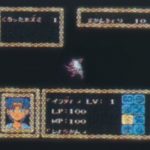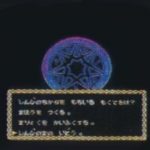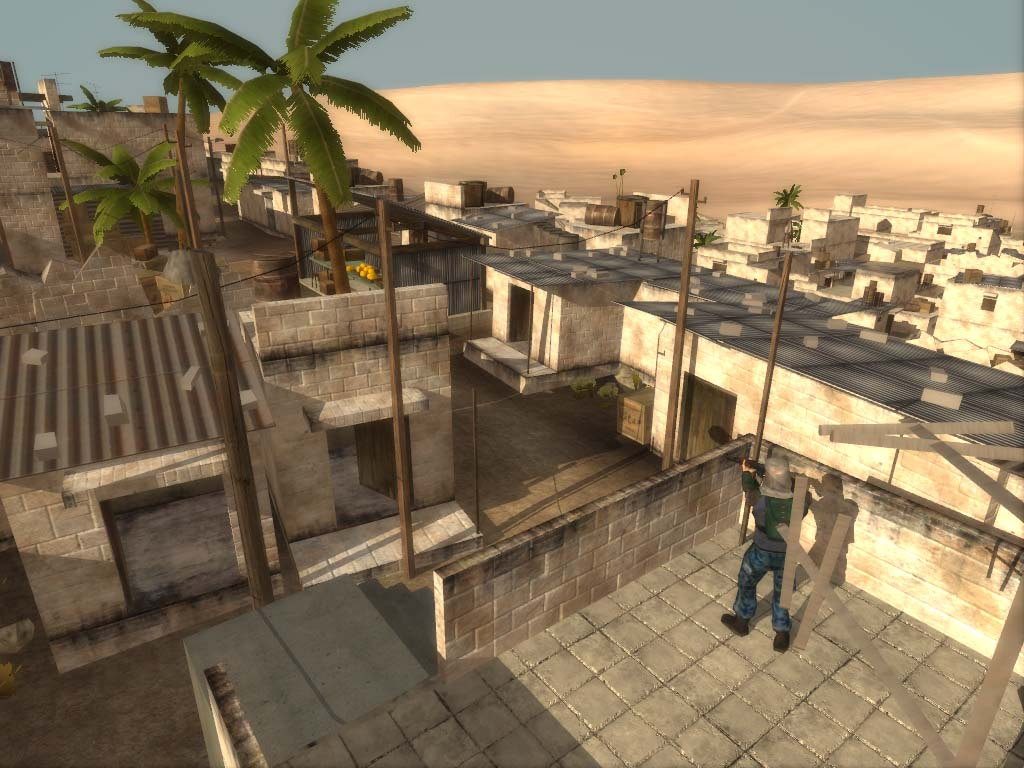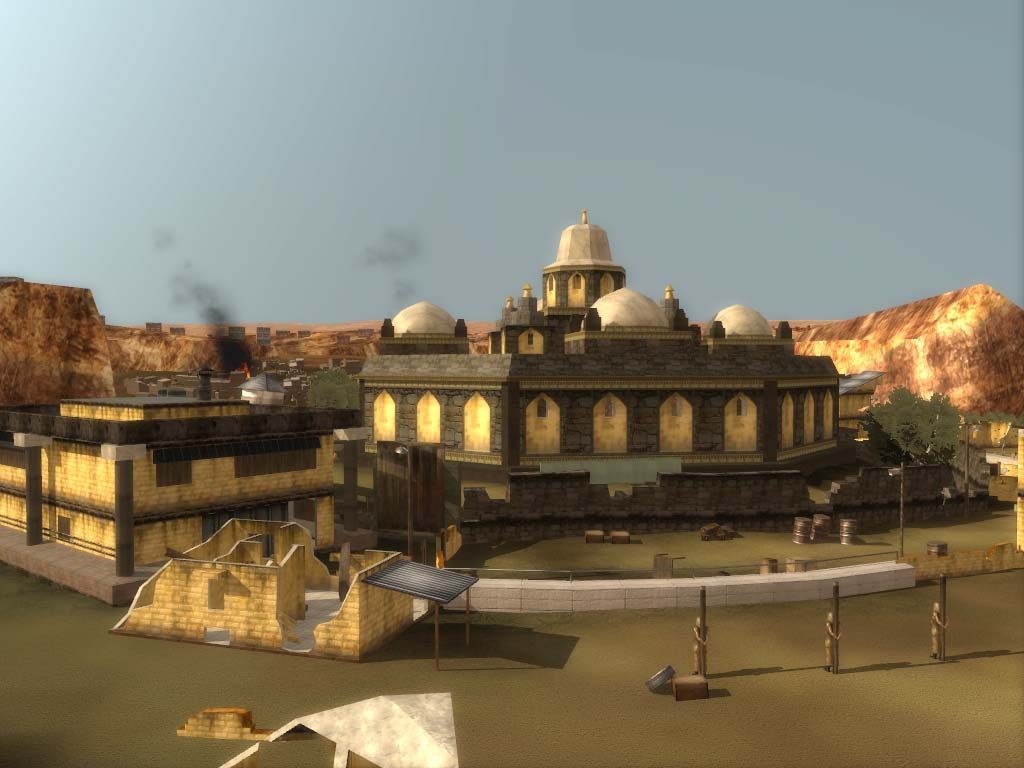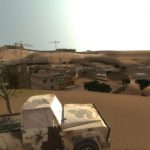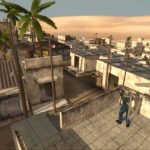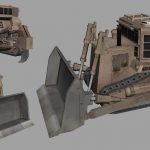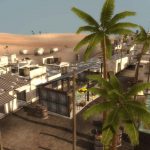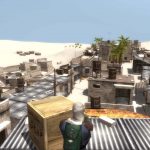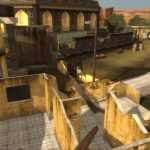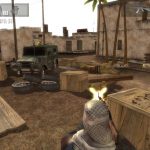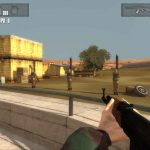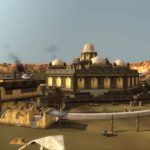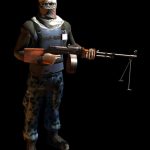Super Shadow of the Beast would have been the Super Nintendo port of an old Amiga side-scrolling action game which was originally developed in 1989 by Reflections Interactive and published by Psygnosis. The game since then has been ported to almost every known platform at that time, so why not a Super Nintendo version?
The SNES version was developed by a company called IGS (Information Global Service) and was first reported seen at the summer edition of the 1992 Consumer Electronics Show (CES): in an article on Nintendo Power it was mentioned as a promising upcoming title for the SNES.
The original Shadow of the Beast game and most of its ports to other systems contain many grim, dark looking and bloody details such as bloody spikes, bouncing bloody eyeballs, flying skulls and decapitated enemies. To get approval from Nintendo and thus a license to publish the game on the SNES platform this port of the game had to undergo some serious censoring, mostly graphical adaptions like removal of blood, redesigned levels and removing or redrawing of enemies.
Some screenshots of this censored SNES port were found at a site called Schnittberichte.com: they did an excellent job in showing the differences between the SNES version VS the Mega Drive one. Apparently all the efforts from IGS to change the game weren’t good enough for Nintendo USA and thus Super Shadow of the Beast was not approved.
Other rumors however state that the mature content cannot have been the only reason why Nintendo dropped the game. It’s possible that Super Shadow of the Beast was just not good enough to be released, with its poor graphics and colorful style it became something too much different from the original game and its dark atmosphere.
However the SNES version of the game is not entirely lost: a rom of the game was leaked a while ago and it appears to be fully playable (segameplay videos below). I even came across some reproductions of actual SNES cartridges of the game if you prefer to play it directly with your original Super Nintendo console (if you still own one in working condition of course)
Censored SNES version vs SEGA Mega Drive version (Thanks to Schnittberichte.com):
Youtube gameplay video, end sequence & credits & music:
Screenshots various:

